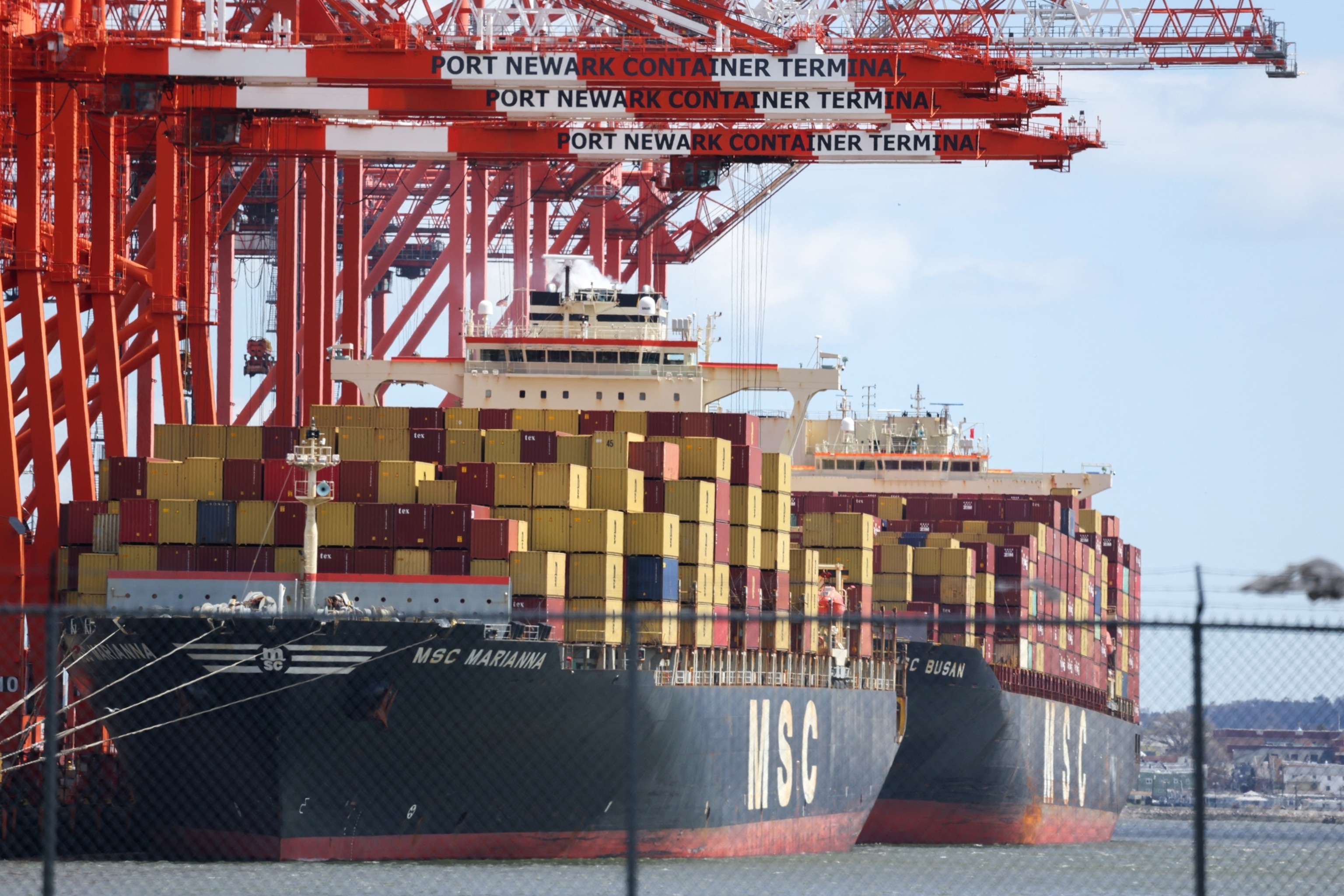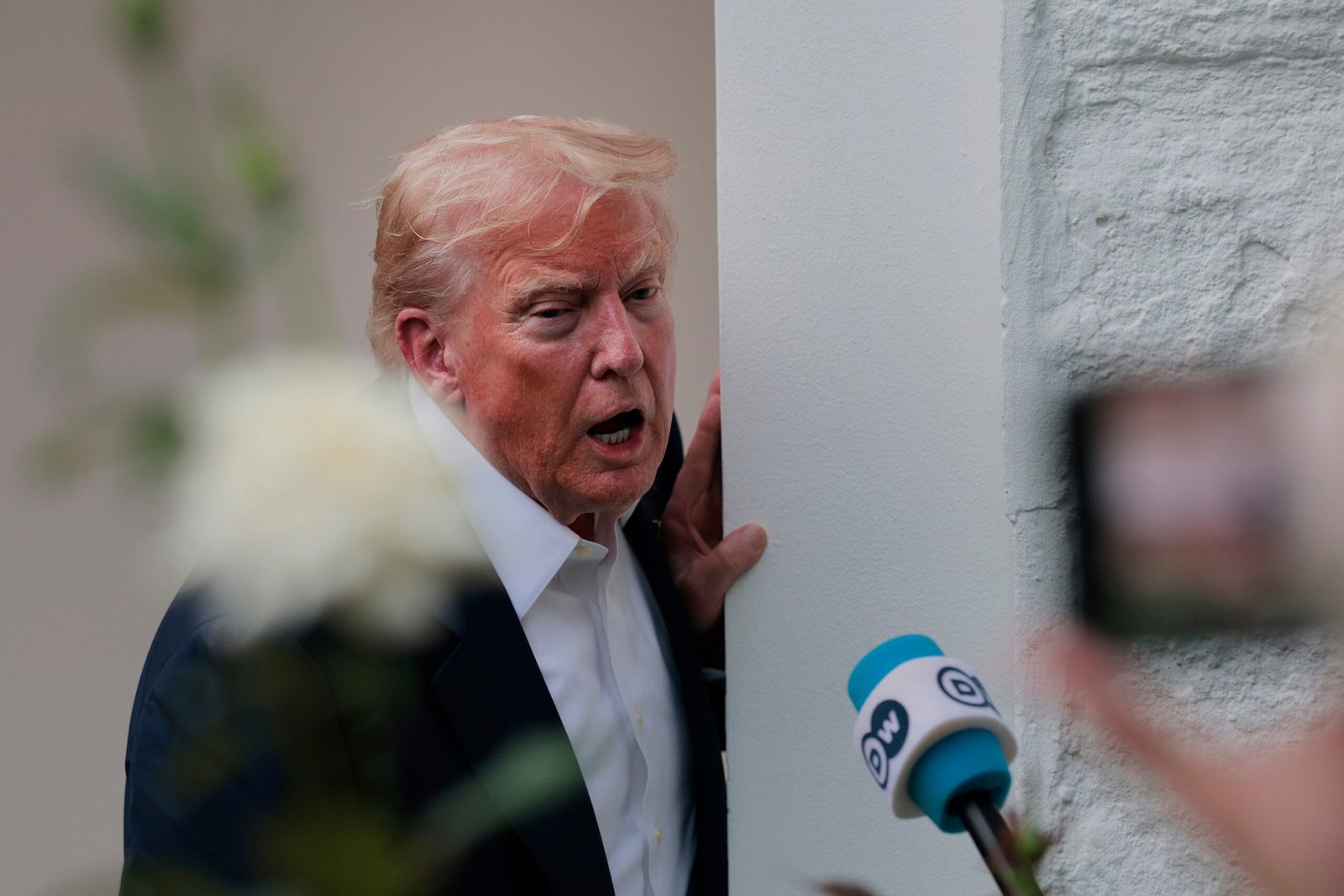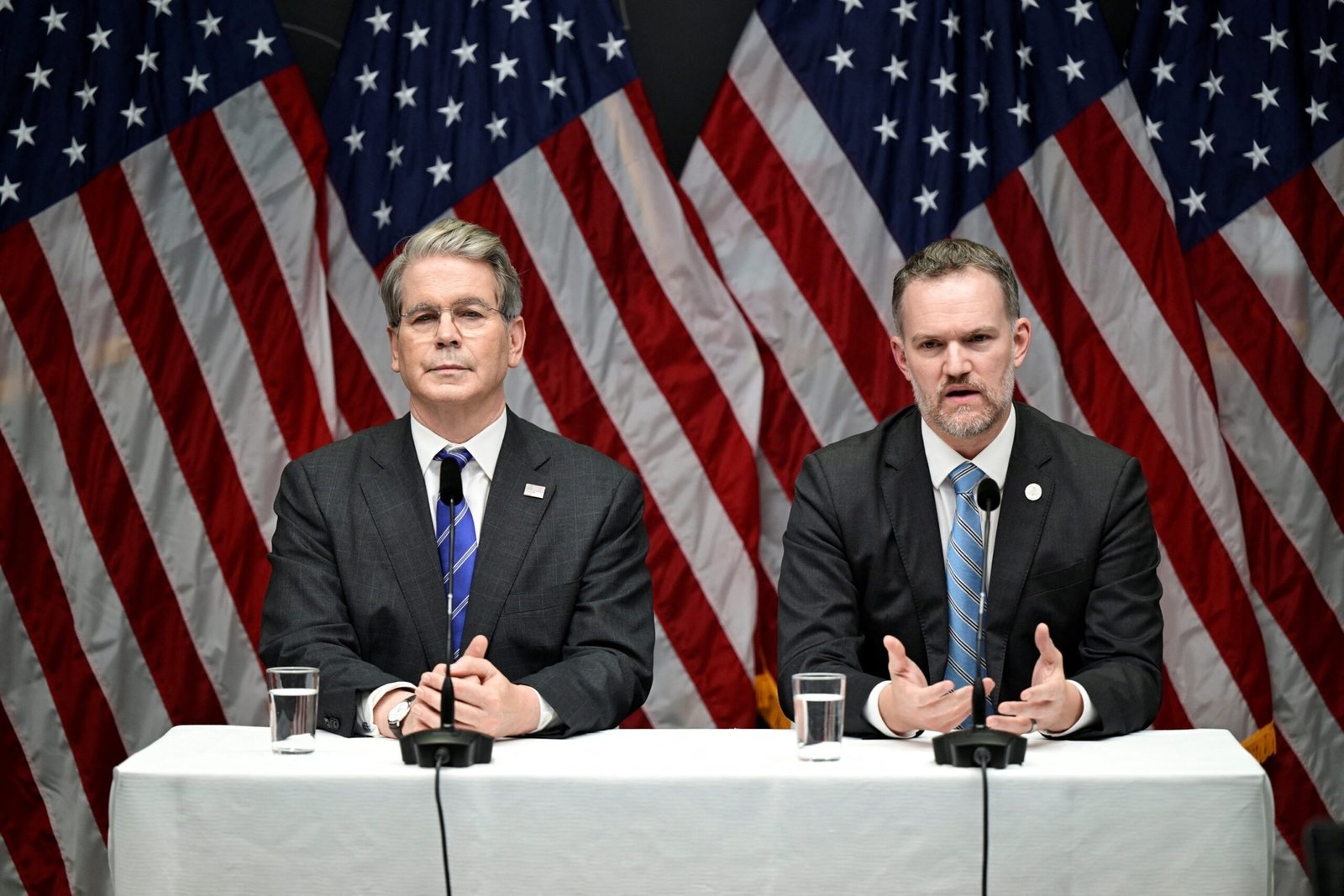A large amount of important economic news in the next few days will provide a barometer from the US economy as President Donald Trump’s tariffs lead the nation to a commercial policy not proven in recent history.
The economy has largely late so far this year, challenging the warnings of the end of the world of many prosticators fearful of the effects of taxes. A waterfall of important indicators and a key policy decision this week could show continuous resistance or reveal signs of cooling, they told Economic experts to ABC News.
“It’s a great week: this is the Super Bowl for economic data,” Michael Jones, economist at Cincinnati, told ABC News. “It is certainly a test for Trump’s tariff policy.”
To begin with, a new report on the Gross Domestic Product, or GDP, Wednesday will offer the last look at what is considered the best caliber of economic health.
Economists expect GDP to have grown at 2.3% in an annualized base for three months that end in June, bouncing a contraction of -0.5% during the previous quarter.
“The important thing we will look for is the number of GDP,” News William Hauk, professor of Economics at the University of South Carolina who studies international trade, told ABC. “A surprisingly strong number would be a good sign for tariffs.”
The modest but constant level of growth expected by economists would suggest that economic activity was maintained greatly without problems with tariffs, but the data can be clouded by taxes, analysts said.
The government’s GDP formula subtracts imports in an effort to exclude foreign production from the calculation of total goods and services. Changes in reading in this story do not reveal underlying economic weakness or force.
The GDP measure fell during the first three months of the year, largely due to an increase in imports as companies stored an inventory to avoid long -range rates. On the contrary, a possible drop in imports during the second quarter could inflate the second quarter’s GDP figure, analysts said.
Hours after the GDP report, the Federal Reserve will announce its last decision on the level of interest rates.
Investors set the possibilities that interest rates are stable with an overwhelming 97%, according to the CME Fedwatch toolA measure of the feeling of the market.
Such decision would mark five meetings and seven months since the FED adjusted the tight interest rates. The federal fund rate represents between 4.25% and 4.5%, preserving much of a strong increase imposed in response to an episode of inflation of the pandemic era.
The Fed has adopted an approach to wait and see, as it observes the effects of Trump tariffs. A decision to maintain stable interest rates would indicate a persistent concern among Fed’s political leaders about the possibility of substantial inflation as a result of tariffs, analysts said.
The decision will arrive less than a week after Trump made an unusual visit to the Fed, increasing the pressure on the central bank while the president demands lower interest rates.
“The Fed chair has made it clear that it depends on the data,” Jones said. “It will not make decisions for whim or to the order of Trump.”

On April 8, 2025, file photographic load ships are seen at the Port Newark container terminal in Newark, New Jersey.
Charly triballeau/AFP through Getty Images, Archive
On Friday, the Federal Government will publish a job report, offering a lens in hiring decisions taken by employers and, in turn, their sense of trust in economic perspectives.
Economists hope that the United States has added 100,000 jobs in July, which would mark a solid hiring, but a deceleration of 147,000 jobs added a month earlier. The early performance would be lower than a monthly average of 130,000 added jobs so far this year.
“The labor market is not collapsing, but it is starting to work with tired legs,” said Cory Stahle, an economist in fact, ABC News in a statement.
Even when the initial economic impact of tariffs takes shape, policy remains in flow.
The gust of economic news this week will coincide with a legal evidence that could undo a large strip of tariffs. A Federal Appeals Court will listen to oral arguments on Thursday after a couple of failures in May throw doubts about the emergency authority invoked by Trump to impose the so -called “reciprocal tariffs.”
Meanwhile, the White House threatens additional tariffs in dozens of countries, since it runs towards a deadline on Friday. Trump attacked trade agreements in recent days with the main commercial partners such as Japan and the European Union, but the key partners remain without an agreement.
While this week’s new information could be significant, the forecast still face challenges that fluctuating tariffs and unforeseen changes in the data, said Jones.
“It wouldn’t take a conclusion too strong of just one week,” Jones added.






